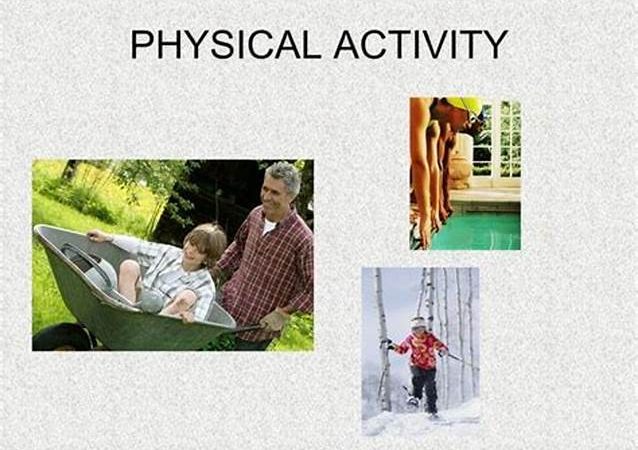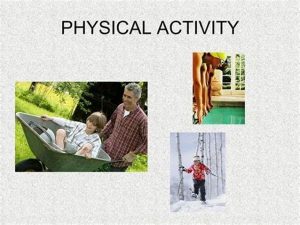A sedentary lifestyle can significantly contribute to memory problems. This article delves into the impact of a lack of physical exercise on memory and provides essential advice on incorporating regular physical activity for cognitive health. The Exercise-Memory Connection: Blood Flow and Brain Health: Physical exercise enhances blood flow, supplying the brain with essential nutrients and
A sedentary lifestyle can significantly contribute to memory problems. This article delves into the impact of a lack of physical exercise on memory and provides essential advice on incorporating regular physical activity for cognitive health.
The Exercise-Memory Connection:
- Blood Flow and Brain Health: Physical exercise enhances blood flow, supplying the brain with essential nutrients and oxygen, vital for optimal cognitive function.
- Hippocampal Growth: Exercise stimulates the growth of the hippocampus, a brain region crucial for memory formation and recall.
Copy by freepik
Adverse Effects of a Sedentary Lifestyle on Memory:
- Cognitive Decline: A lack of physical activity can lead to cognitive decline, impairing memory, concentration, and problem-solving abilities.
- Reduced Neuroplasticity: Physical inactivity can hinder neuroplasticity, the brain’s ability to adapt and rewire, impacting learning and memory.
- Emotional Impact: A sedentary lifestyle is associated with higher stress and anxiety levels, further compromising memory and cognitive health.
Advice for Incorporating Physical Activity:
- Find an Activity You Enjoy: Engage in physical activities you genuinely enjoy, whether it’s dancing, swimming, hiking, or team sports. This makes exercise more sustainable.
- Set Realistic Goals: Begin with achievable goals. Start with short, regular workouts and gradually increase the intensity and duration as your fitness improves.
- Prioritize Consistency: Consistency is key. Aim to exercise regularly, even if it’s just for a few minutes each day. Small, frequent efforts can yield significant cognitive benefits.
- Combine Cardio and Strength Training: Incorporate both cardiovascular and strength-training exercises for a comprehensive cognitive boost.
- Mindful Movement: Consider practices like yoga and tai chi, which combine physical activity with mindfulness, benefiting both physical and cognitive health.
- Socialize Through Exercise: Participate in group activities or exercise with friends. Socializing while being active can make the experience more enjoyable and motivating.
https://th.bing.com/th/id/OIP.BMYs6ijYoE9L2ze0zQGm0QHaFj?pid=ImgDet&w=638&h=478&rs=1
Conclusion: Move for Memory
A sedentary lifestyle need not be a memory sentence. By embracing regular physical activity, you can enhance blood flow to the brain, stimulate hippocampal growth, and support cognitive health. Prioritizing exercise is a crucial step toward preserving and optimizing your memory and overall well-being.



















Leave a Comment
Your email address will not be published. Required fields are marked with *